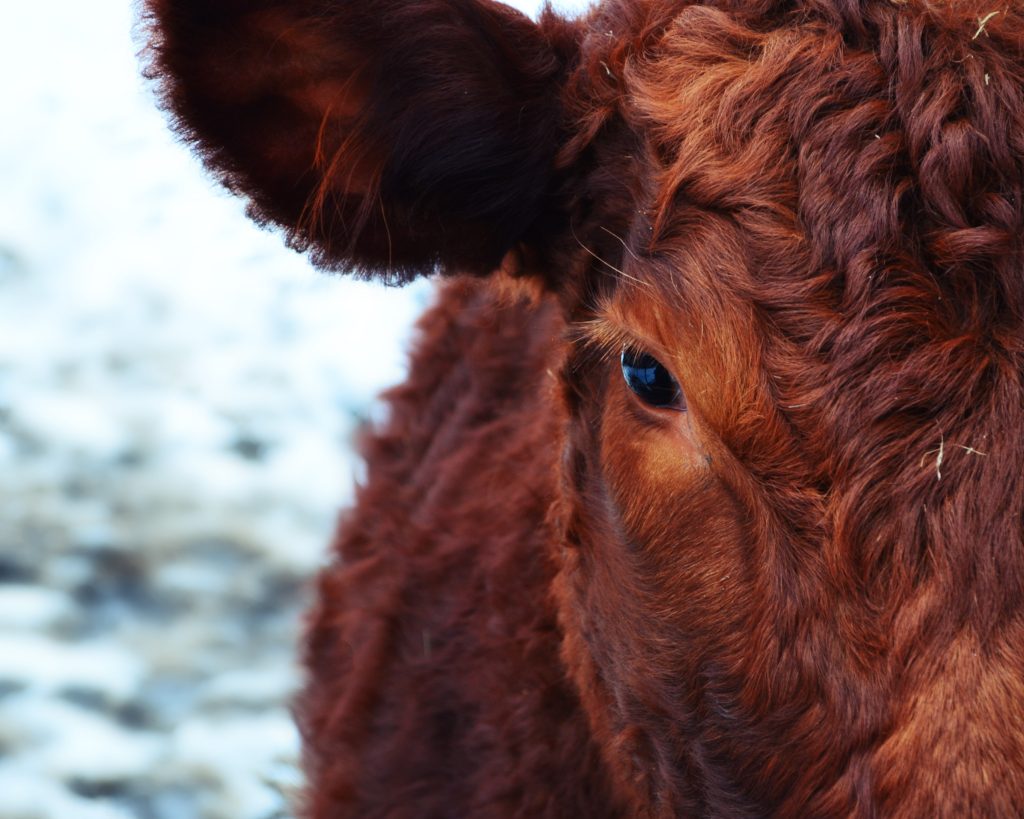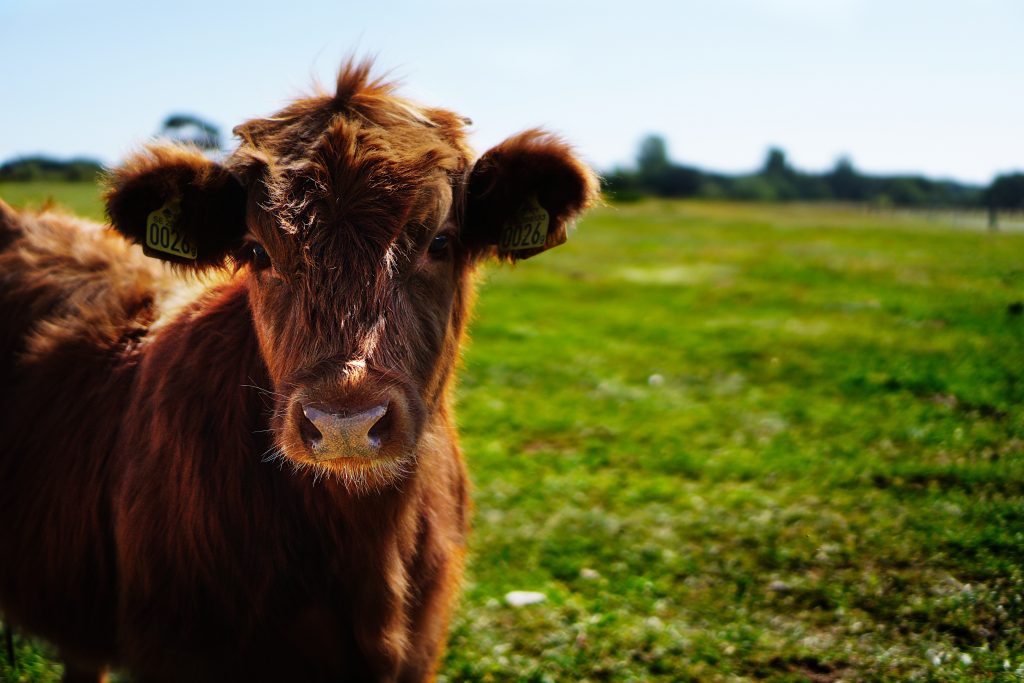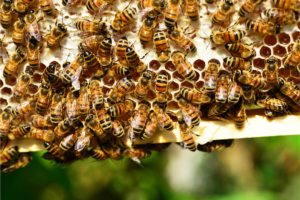Artificial insemination (AI) is a widely used method of breeding cattle that allows farmers to control the genetics of their herds and improve the efficiency of their breeding program. Artificial insemination in cattle involves collecting semen from a bull and using it to fertilize the eggs of female cattle (cow), without the need for natural mating.
AI has been widely adopted in the cattle industry due to its potential to increase herd productivity and improve genetic quality, as well as its convenience and cost-effectiveness compared to traditional breeding methods. However, like any breeding technology, AI also has its own set of advantages and disadvantages that must be carefully considered by farmers before incorporating it into their breeding program.

Highlights
- What is artificial insemination ( AI)
- Artificial insemination history
- Why artificial insemination
- How to get your cattle ready for artificial insemination
- Methods of artificial insemination
- The cost of artificial insemination
- Advantages and disadvantages of artificial insemination
What is artificial Insemination (AI)
It is the term used to describe a mating technique in which sperm from male animals are retrieved and then mechanically transported to the sexual organs of the female animals. Artificial insemination is not just a cutting-edge technique for getting female animals pregnant. Instead, it is a potent technique primarily used for improving livestock.
Around 1900, artificial insemination was created. It did not, however, make a significant advancement until the early 1950s, when it was able to deep freeze sperm. Animal genetic progress, particularly in cattle, has greatly benefited from artificial insemination. Due to the numerous advantages it offers, artificial insemination frequently replaces natural mating in many species of animals. These advantages include improved genetics, enhanced production efficiency, and increased animal and producer safety.
History of artificial insemination
According to legend, the Arabs performed the first artificial insemination (AI) procedure around 1332.
Two warring tribes, one of which had a squadron of excellent horses that provided it a significant tactical edge. The tribe that was losing dispatched a warrior to the enemy camp, where he obtained the greatest stallion’s sperm and used him to fertilize his herd’s females. Thus, they raised the caliber of their forces and prevailed in battle.
As of 1784, the first artificial insemination was documented in history. Lázaro Spallanzani, a monk, artificially conceived a female dog without coming into contact with the male. A method was developed that would transform animal enhancement and artificial reproduction. In 1949, Polge, Smith, and Parker succeeded in preserving sperm for an extended period of time at low temperatures. This had a significant socioeconomic influence on livestock and allowed for the widespread spread of superior genetics on a huge scale.
This article’s goal is to focus on artificial insemination in cattle, including the cost, benefits, and drawbacks of the procedure, as well as how to prepare your animals for it.
Method of artificial insemination in cattle
There are two main methods of artificial in semination in cattle production, they include;
- Trans-cervical insemination
- surgical insemination
- Trans-cervical insemination: This method involves the use of a flexible catheter to deposit semen directly into the uterus of the cow through the cervix. It is a non-surgical method and is typically performed by trained AI technicians. Trans-cervical insemination is less invasive than surgical insemination, and as a result, it is a less stressful procedure for the animal. It is also more cost-effective and easier to perform in the field.
- Surgical insemination (laparoscopic AI): This method involves making a small incision in the abdomen of the cow and inserting a catheter through the incision into the uterus to deposit the semen. Surgical insemination is typically used when the cervix is not accessible or if there are reproductive tract abnormalities that prevent the use of trans-cervical insemination. This method is more invasive and requires more specialized training and equipment, but it may result in higher pregnancy rates and a lower risk of uterine infection.
In both methods, it is important to use high-quality, properly processed semen from healthy bulls that have been screened for genetic defects and sexually transmitted diseases. Proper timing is also critical for successful AI, as the timing of insemination must coincide with ovulation to ensure that the sperm are present in the uterus at the time of ovulation. Additionally, proper storage and handling of the semen is essential to ensure its viability and fertility.
Tools used for artificial insemination in cattle
Artificial insemination (AI) in cattle is performed using several tools, including:
- Insemination Gun: It’s a long, thin, plastic rod-like instrument used to introduce semen into the cow’s reproductive tract.
- Semen Thawing Unit: Used to thaw frozen semen for use in AI.
- Semen Straws: These are small tubes containing frozen semen that is thawed and used in AI.
- Semen Extender: A solution used to dilute semen and maintain its viability during storage and transport.
- Insemination Sleeves: A rubber or plastic sleeve worn over the arm to protect clothing and skin from contamination during AI.
- Lubricant: Used to ease the insertion of the insemination gun into the cow’s reproductive tract.
- Heat Detection Aids: Used to detect when a cow is in estrus (heat) and ready for AI. These include tail paint, mounting detectors, and ultrasound equipment.
These tools are essential for successful AI in cattle and are used to ensure that the process is efficient, safe, and hygienic.
Best time for artificial insemination in cattle
The best time for artificial insemination (AI) in cattle is during the cow’s estrus or heat cycle. During this time, the cow is fertile and receptive to breeding, increasing the chances of successful AI.
Typically, the cow’s estrus cycle lasts for 18-24 hours and occurs every 21 days on average. Heat detection is crucial for successful AI, and various methods can be used to detect heat, including observing behavior changes, tail paint, mounting detectors, and ultrasound equipment.
It’s important to note that timing is critical for successful AI, as the window of fertility is short, and missed opportunities can result in reduced conception rates. Hence, it is essential to have a well-timed and organized AI program to maximize breeding success in cattle.
Read also: Meaning of colostrumArtificial insemination cost
The only input that persists over generations is artificial insemination. All other livestock inputs have a known benefit period. The only genetics that leaves benefits that are passed down through generations is superior genetics used by Artificial Insemination. Additionally, the price of this input represents just 2% of the price of producing milk or meat. As a result, the cattleman’s decision to adopt artificial insemination has a very favorable cost-benefit ratio.
How to prepare your animals for AI
Artificial insemination (AI) can be successful while lowering risk of harm to the technician and the animal by using the proper techniques. Artificial Insemination requires sufficient training, information, and repetition in order for one to become proficient. Successful AI necessitates adopting hygienic procedures and skillfully putting the semen in the appropriate spot in the female reproductive system. Learn the step-by-step process for completing the procedure and comprehend how each should be done. See also the care that must be given to animals
Phases of artificial insemination in cattle
It is crucial that all phases of artificial insemination in cows are carried out by experts with knowledge of bovine reproduction, as this will ensure the welfare of the animals and the safety of the procedure.
Heat checking
Checking the cows’ heat is the first stage. Check whether animals are good candidates for insemination. Once you’ve identified them, divide the females so you can examine the data from the previous months.
Cows that go into heat in the morning must be inseminated in the afternoon. A maximum of 12 hours should pass between the time of discovery and the procedure for those who developed heat in the afternoon; they should then be inseminated the following morning.
Simple methods to determine when a cow is on heat;
- The cow’s inability to move when mounted by a bull or a female is the primary indicator that she is in heat (it accepts mounting).
- The cow is quite agitated on the day of heat, she walks around a lot, and she searches for other females to mount.
- Watch for a distinct discharge coming from the animal’s vulva. It is a feature of heat as well.
- She eats less on the day of heat and also has little diary activity.
Assemble all the supplies needed for cow artificial insemination.
It is crucial to have structure to complete the procedure. As a result, assemble all the necessary supplies, such as liquid nitrogen cylinders, applicators, disposable gloves, and thermometers, and keep them close at hand.
Containment and clearing out of the cow’s rectum.
To immobilize the animal throughout the procedure so that it is carried out comfortably for both the cow and the person doing it, collective or individual shackles, easels, or stools might be utilized.
To avoid getting in the way during the activity, it is also advised to shift the tail and place it on the left forearm or tie it. The individual who will carry out the insemination must make sure to thoroughly clean out the rectum and use gloves throughout the entire intervention.
In order to assess the condition of the vaginal discharge at this point, the cervix must be examined by massaging. This mucus ought to resemble egg white, clear and translucent. Finally, the glove should be taken off and disposed properly.
To prevent introducing fecal matter, body discharges, and other microorganisms into the animal’s uterus, it is crucial to clean the cow’s vulva area with a paper towel or a clean piece of cloth to remove manure and debris.
Semen removal from the nitrogen cylinder
Before beginning artificial insemination in cows, only the sheath’s tip, where the straw will be attached, should be exposed. Additionally, defrost the semen in water that is 35 to 37 degrees Celsius for 30 seconds. To keep the temperature under control and protect the product, always use a thermometer.
Tweezers are used to remove the semen straw. This process shouldn’t be time-consuming. The mug must be placed in nitrogen if the selection of the semen is delayed for any reason, in order to prevent temperature loss and damage.
Dry the straw once it has thawed in water, then attach it to the applicator’s sheath before the cannula.

Cow artificial insemination process stage
- Wear a new pair of gloves.
- Place the applicator with a little incline toward the vagina after opening the cow’s vulva. The introduction must extend all the way to the vaginal sac’s bottom.
- Locate the cervix with your hand in the rectum, then direct the applicator to the opening.
- Gently move your hand. Following the final ring of the cervix, the semen must be administered.
- Gently remove each hand before massaging the clitoris.
- Release the cow.
Used materials should be disassembled, disposed off, and used equipment cleaned and sterilized. Everything involved in the procedure, from the tools to the setting where it will be carried out, must be as clean as possible.
Another piece of advice is to have reports that include information like the day of cow artificial insemination, the names and numbers of the animals involved, the semen departure, and the stage of the female’s pregnancy.
Read also: Meaning and importance of agricultureAdvantages of artificial insemination in cattle
The main benefits of artificial insemination include cross-breeding, illness prevention, and genetic improvement: The following are the key advantages of using this method;
- Improved genetics: AI allows for the use of semen from genetically superior bulls, which can result in improved genetics in the herd over time.
- Increased efficiency: AI reduces the need for maintaining multiple breeding bulls, as well as the time and resources required for natural breeding.
- Improved animal health: AI reduces the risk of injury to the animal and the bull during breeding, as well as the risk of sexually transmitted diseases being spread.
- Increased pregnancy rates: AI can result in higher pregnancy rates, as semen from multiple bulls can be used on a single cow or heifer, increasing the chances of successful fertilization.
- Greater control over breeding: AI allows for precise timing of breeding and the ability to breed cows or heifers outside of their natural breeding season.
- Reduced costs: AI reduces the cost of maintaining multiple breeding bulls and the need for veterinary expenses associated with natural breeding.
- Improved record-keeping: AI allows for accurate records of breeding to be kept, including the date, method, and bull used, making it easier to monitor the success rate and make informed decisions about future breeding programs.
- Increased flexibility: AI allows for the use of semen from different breeds, making it easier to incorporate desired traits into a herd.
- Improved biosecurity: AI reduces the risk of introducing diseases into a herd through the introduction of new breeding bulls.
- Better animal welfare: AI is less stressful for the animal and reduces the risk of injury during breeding, improving the overall welfare of the animal.
Overall, AI is a valuable tool for cattle producers, providing many benefits over traditional breeding methods. It is important to properly train and equip technicians to perform AI, and to follow proper procedures and protocols to ensure the best results.
Disadvantages of artificial insemination in cattle
- High cost of equipment and semen: The cost of purchasing and maintaining the equipment necessary for artificial insemination, as well as the cost of purchasing semen, can be a significant financial burden for farmers.
- Requires skilled technicians for proper execution: The artificial insemination process requires a skilled technician to ensure that it is performed correctly, which can be difficult to find and retain in some areas.
- Risk of introducing disease through the artificial insemination process: Artificial insemination can introduce new diseases to a herd if the semen used is contaminated, potentially leading to widespread health issues.
- Limited genetic diversity if only a few sires are used for AI: If a limited number of sires are used for artificial insemination, the genetic diversity of the herd can be reduced, leading to potential inbreeding problems.
- Reduced fertility if AI is not performed properly: Improper execution of the artificial insemination process can result in reduced fertility, which can negatively impact herd productivity.
- Stress on the animal during the insemination process: The process of artificial insemination can cause stress to the animal, which can negatively impact their overall health and well-being.
- Reduced genetic progress if low-quality semen is used: The use of low-quality semen can reduce the genetic progress of the herd, leading to suboptimal herd performance.
- Increased calving intervals if AI is not timed correctly: Incorrect timing of artificial insemination can lead to increased calving intervals, which can reduce herd productivity.
- Difficulty in detecting pregnancy if AI was unsuccessful: It can be difficult to detect if artificial insemination was unsuccessful, making it difficult to make informed decisions about herd management.
- Reduced natural mating behavior in cattle: The use of artificial insemination can reduce the natural mating behavior of cattle, which can lead to a lack of genetic diversity in the herd.
The bottom line
In conclusion, artificial insemination in cattle has both advantages and disadvantages. On one hand, it allows for better control over breeding and genetics, as well as increased efficiency in herd management. On the other hand, it requires significant financial investments in equipment and semen, as well as trained technicians for proper execution. Additionally, the artificial insemination process can introduce disease, limit genetic diversity, cause stress to the animals, and result in reduced fertility and natural mating behavior.
While artificial insemination can be a useful tool for farmers, it is important to carefully consider the potential benefits and drawbacks before incorporating it into a herd management strategy. Ultimately, the decision to use artificial insemination should be based on a thorough assessment of the specific needs and goals of the herd, as well as the resources available to implement and maintain the process. Following the completion of artificial insemination, normal fertilization will take place, and a calf should be born in roughly 283 days.
